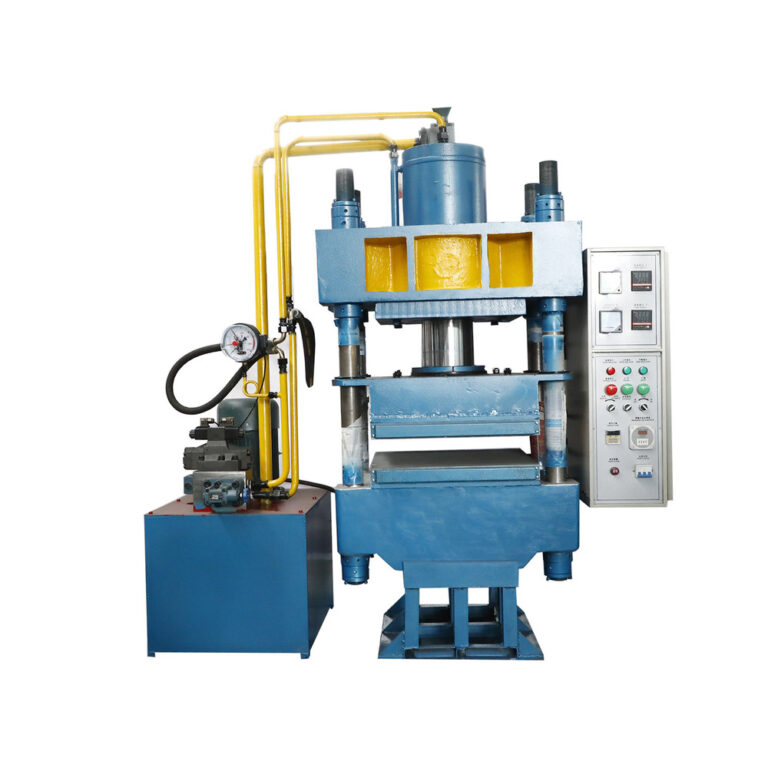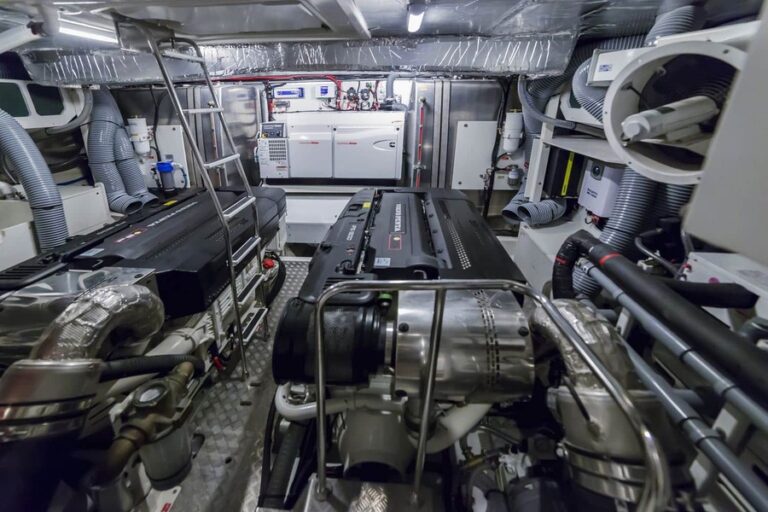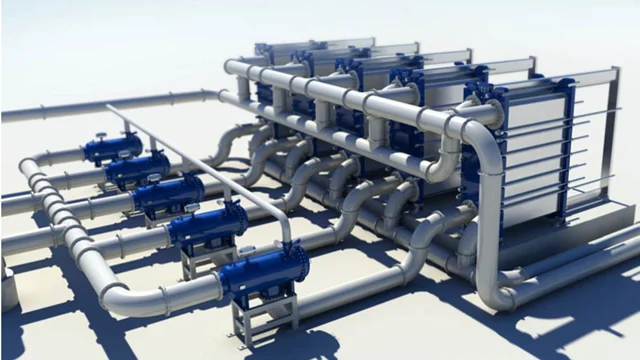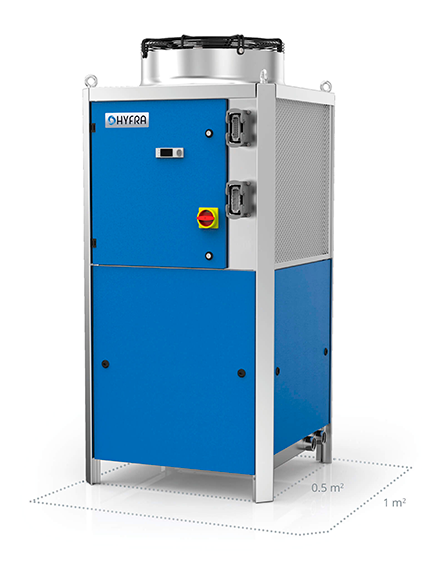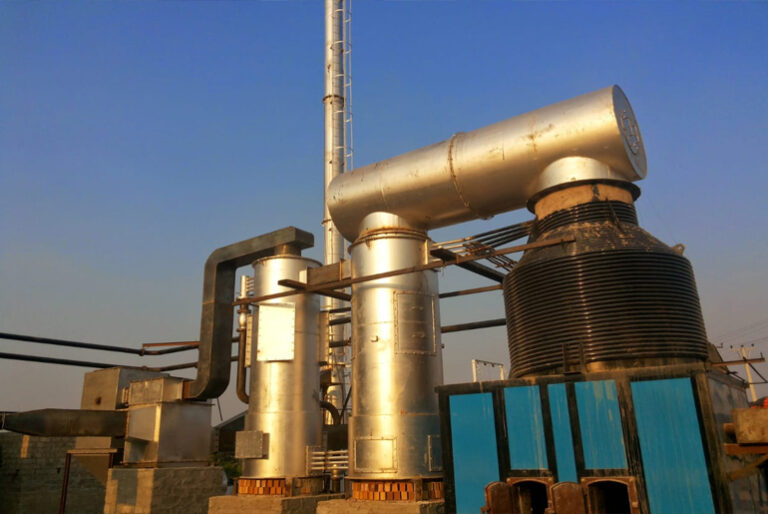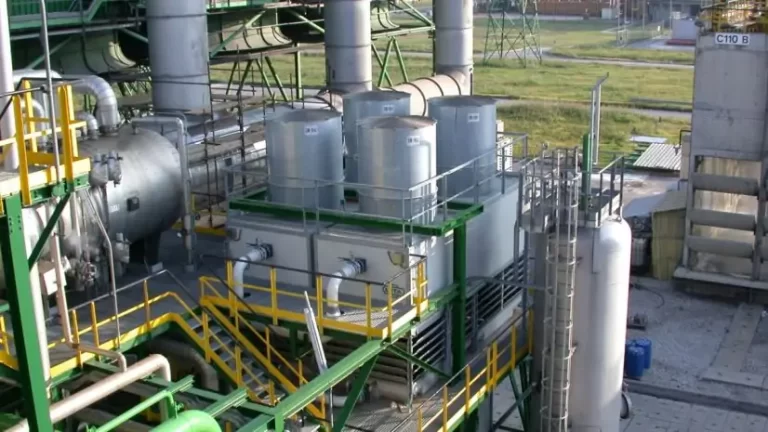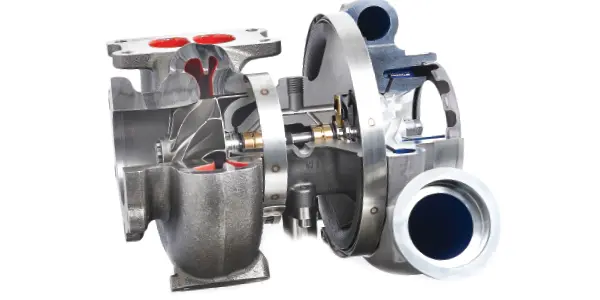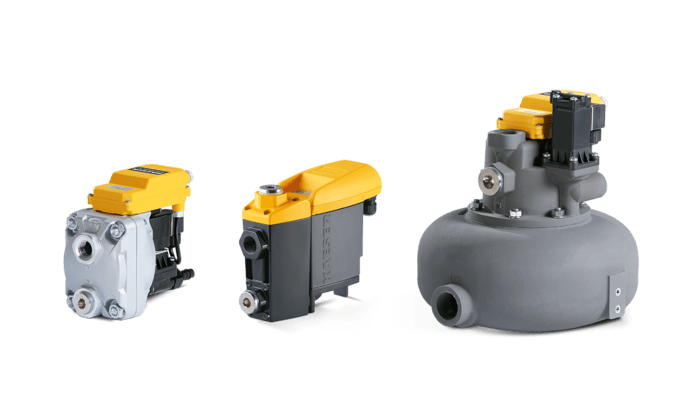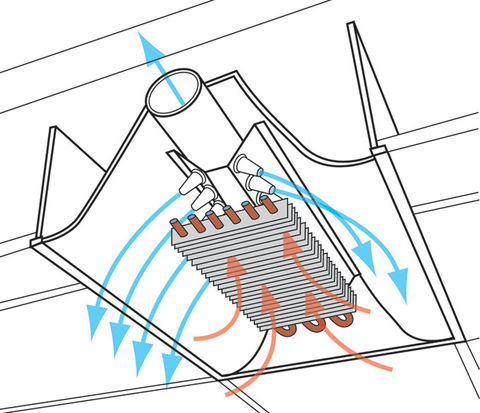Introduction In the precision-driven world of rubber molding, maintaining consistent mold temperatures is crucial to ensuring high-quality, defect-free products. A dedicated rubber molding press cooling system plays a pivotal role in enhancing cycle…
Cooling System on Boats
Introduction Marine engines, like any internal combustion engine, generate substantial heat during operation. In the confined environment of a boat, this heat must be managed effectively to maintain performance, prevent mechanical damage, and…
Closed Cooling Water Systems
Introduction Closed Cooling Water System is a highly efficient and sustainable solution used across various industrial sectors to regulate temperatures and prevent overheating of critical machinery, equipment, and processes. Unlike open-loop cooling systems…
Medical Equipment Cooling
Introduction Medical equipment cooling is a cornerstone of healthcare technology, ensuring that complex diagnostic tools, imaging systems, and life-saving devices operate safely, efficiently, and reliably. Whether it’s the powerful MRI machines used for…
Machine Tool Cooling System
Introduction Machine Tool Cooling Systems become indispensable and there are designed to regulate and stabilize the internal temperatures of machine tools, ensuring performance consistency, extended equipment life, and minimized downtime. In today’s precision-driven…
Food-Grade Thermic Fluid Cooling
Introduction Food-grade thermic fluid cooling refers to the use of specially formulated, non-toxic heat transfer fluids that comply with food safety standards to manage heat in food processing and packaging applications. These fluids…
Manufacturing: cooling of many types of manufacturing equipment.
Introduction Manufacturing industries rely on various machines and equipment to produce goods efficiently. However, these machines generate significant amounts of heat due to high-speed operations, friction, and energy consumption. If not properly managed,…
Turbo Flow Cooling
Introduction Turbo Flow Cooling is a revolutionary cooling technology designed to enhance heat transfer capabilities by utilizing high-speed fluid circulation, optimized flow dynamics, and advanced thermal regulation techniques. This innovative approach is a…
Condensate Management Systems
Introduction Condensate Management Systems are fundamental for industries that rely on steam, HVAC, and compressed air systems, all of which generate condensate as a byproduct. Condensate, which is the liquid that forms when…
Chilled Beam Cooling Systems
Introduction Chilled beam cooling systems represent a leap forward in energy-efficient cooling and heating technology for buildings, especially in environments where temperature control and indoor air quality are paramount. Unlike traditional HVAC systems,…

